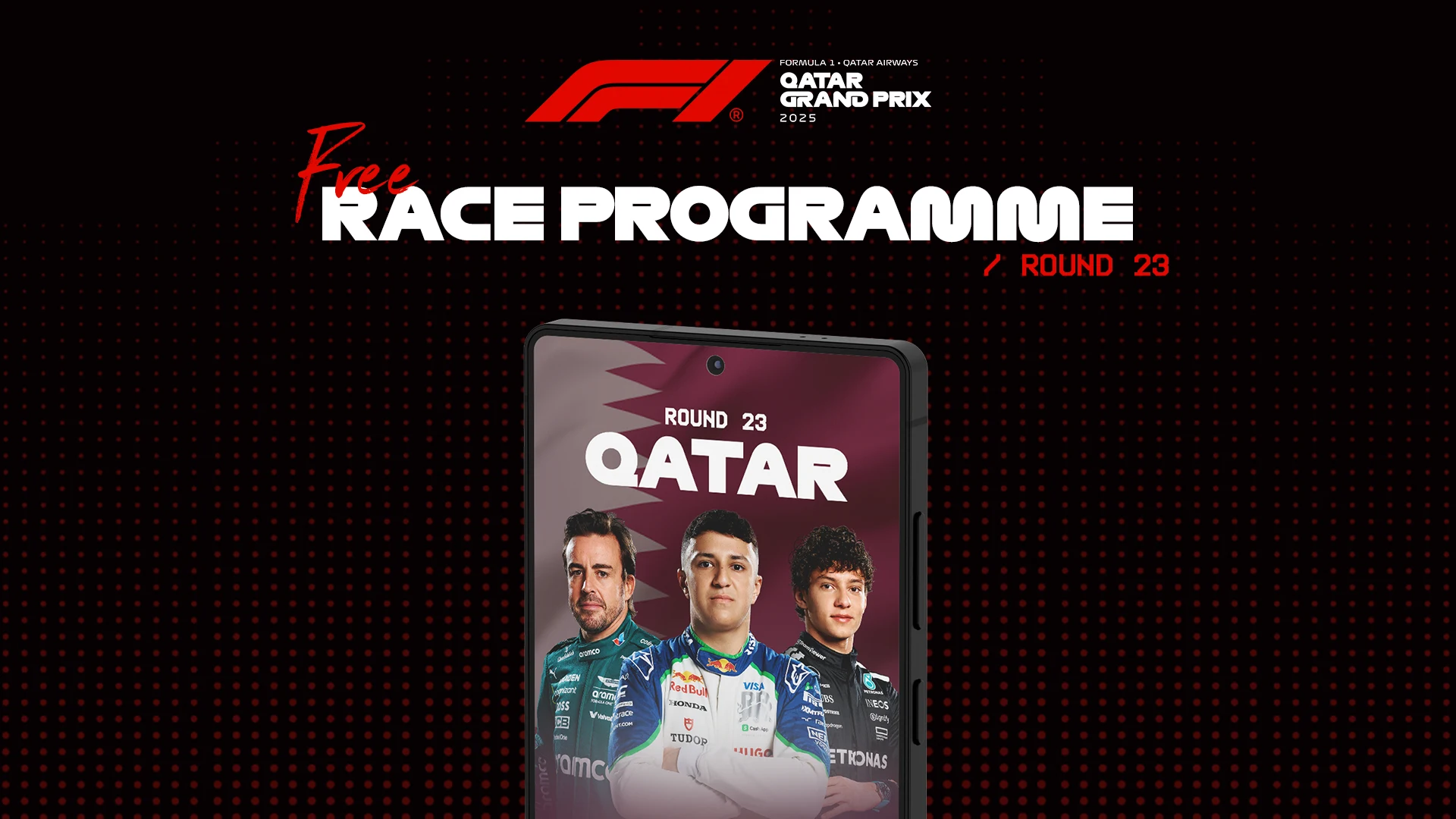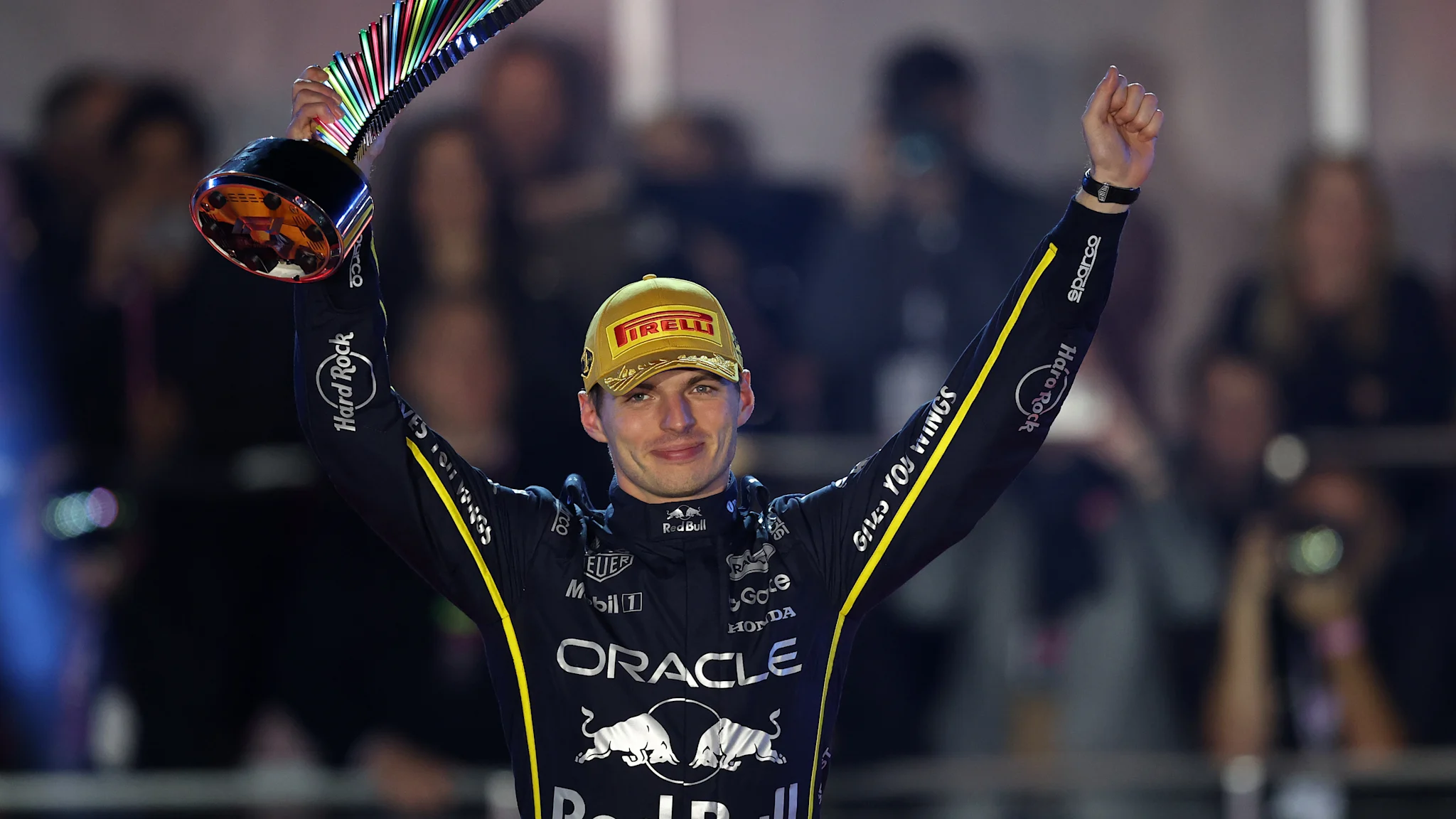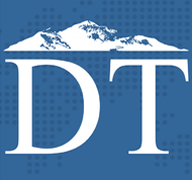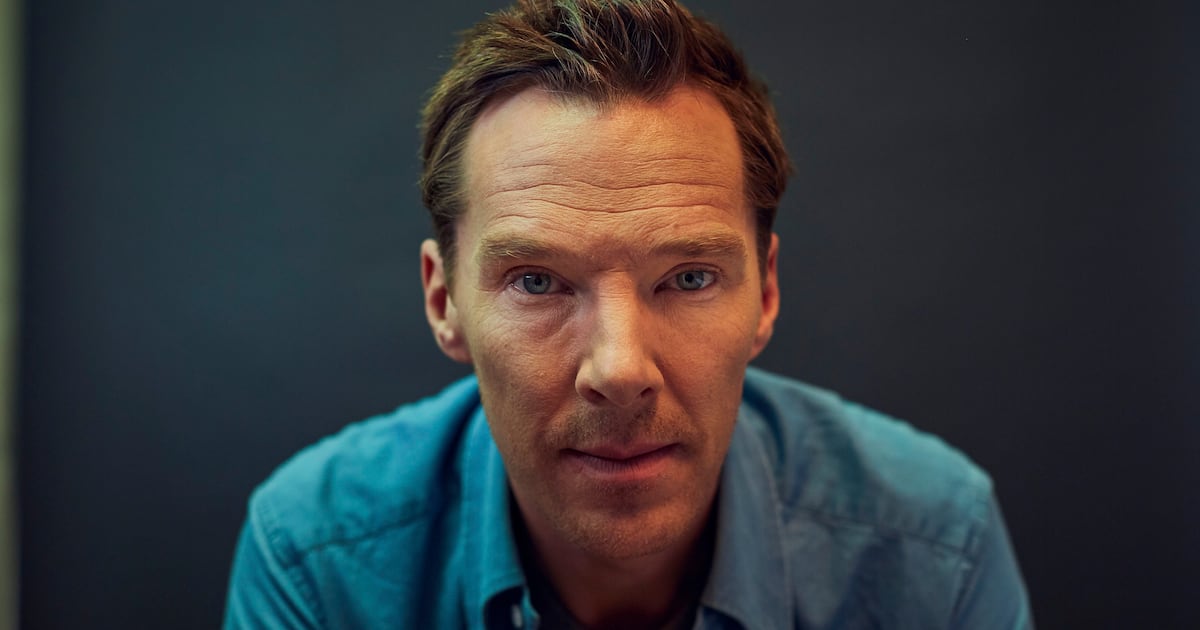SAVE $450: The Anker Solix C1000 Gen 2 is on sale at Amazon for just $349, down from the normal price of $799. That’s a massive 56% discount and the lowest price we’ve ever seen on this…
Blog
-

Can the Apple Watch Ultra 3 Meet a Serious Endurance Athlete’s Needs?
Photo: Apple. The Apple Watch Ultra 3 starts at US$799
My first inclination that Apple was getting serious about endurance athletes came during a call I had with…
Continue Reading
-

Can the Apple Watch Ultra 3 Meet a Serious Endurance Athlete’s Needs?
Photo: Apple. The Apple Watch Ultra 3 starts at US$799
My first inclination that Apple was getting serious about endurance athletes came during a call I had with…
Continue Reading
-

FORMULA 1 QATAR AIRWAYS QATAR GRAND PRIX 2025 – free digital race programme
Check out the all-new digital race programme for the Formula 1 Qatar Airways Qatar Grand Prix 2025, with everything you need to know about the GP weekend, whether you are attending in person or tuning in from afar.
Discover the big talking points…
Continue Reading
-

Lightning on Mars: Scientists capture crackling sounds
FILE – NASA’s Perseverance Mars rover took this selfie, made up of 62 individual images, on July 23, 2024. (NASA)
Scientists believe they have captured the sound of lightning strikes on Mars.
Crackling on Mars
Dig deeper:
Continue Reading
-

Who are the favourites for the Qatar Grand Prix?
As Formula 1 prepares to race under the lights for the penultimate round of the 2025 season, what do the odds say about who will prevail in Qatar? Read on to find out…
Odds are provided by F1’s Official Betting Data Supplier ALT Sports Data,…
Continue Reading
-

Sindh reports 260 more dengue cases
Sindh reports 260 more dengue cases – Daily Times
…Continue Reading
-
Baikonur launch pad damaged after Russian Soyuz launch to International Space Station – Reuters
- Baikonur launch pad damaged after Russian Soyuz launch to International Space Station Reuters
- Soyuz mission blasts off with Russian crew, US astronaut aboard: space agency TRT World
- Rocket Takes Off For ISS Carrying Two Russians And One…
Continue Reading
-

Benedict Cumberbatch tells Irish audience that actors must lead climate activism – The Irish Times
Actors can exist in a “bubble” untroubled by real world issues, but Benedict Cumberbatch told an Irish audience his profession needed to use its star power to shine a light on the climate crisis.
The award-winning leading man, known for roles…
Continue Reading
-

The evolutionary history of kissing, moss in space, and the origins of the moon : NPR
SCOTT DETROW, HOST:
It is time now for our science news roundup from Short Wave, NPR’s science podcast. And I am joined, as always, by the show’s two hosts, Regina Barber…
REGINA BARBER, BYLINE: Woo (ph).
DETROW: …And…
Continue Reading
